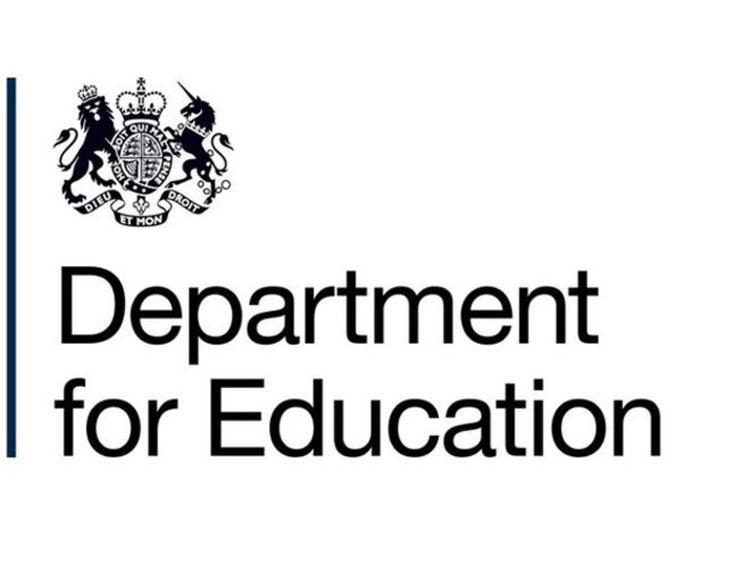Case study: Using technology to aid school improvement

Cam Everlands Primary School is a local authority maintained community school.
Having seen how other schools benefitted from using technology, it wanted to explore how technology could help it deal with key challenges.
- Cam Everlands Primary School, Dursley, Gloucestershire
- Phase: Primary
- Number of pupils: 200
- Website:www.cameverlands.org.uk
Technology strategy at a glance
The school wanted to:
- use technology to support school improvement, particularly in maths, reading and writing
- reduce workload by helping teachers deliver the curriculum and engaging pupils
Equipment and software
- Cam Everlands provides a laptop and tablet to every teacher
- they currently have a 1:1 laptop strategy for pupils in years 5 and 6
- other classes share laptops and a handful of tablets
- years 4 to 6 use tools within Office 365, including OneNote, Word and PowerPoint
- all classrooms are equipped with touch screens and visualisers that act as teaching aids
Introducing technology
Some teachers were wary of using technology for teaching, so the ICT leader introduced an online bank of teaching resources mapped to the curriculum.
This was deemed to be, ‘teacher friendly and helped teachers who were scared to use tech.’
The school now offers digital CPD sessions for staff and parents, on how to safely use specific tools like ParentPay.
The leadership team encourages staff to use whatever technology they feel aligns to their individual teaching styles.
Choosing new tools
To get information about new education technology developments and new tools, the ICT lead:
- uses Twitter to get information, because it has a wide network of teachers using technology for teaching and learning
- talks to other schools using the technology, and to teachers within the school, before choosing a new product
- only pays for products and services if the school can find a specific purpose for them
- tries to stick to tools that are free
Impact on teacher workload
Staff use OneNote and shared Word documents for meetings, ensuring a collaborative and inclusive approach where all staff can contribute, even if they are unable to attend.
This is useful for:
- part-time teachers who use these documents to share thoughts and ‘play catch up’
- staff who job share as they can communicate and collaborate with colleagues remotely
Feedback and assessment
Teachers use an online learning journal, Tapestry, where staff can collect observations quickly and in real-time – for their early years and SEND children. As well as allowing teachers to monitor progress efficiently, Tapestry is used for communication between staff and parents.
Pupils use Office 365 tools to complete their work, allowing teachers to save and record the pupils’ work digitally throughout the school year.
The school holds small reporting sessions per term, rather than writing end of year reports. This saves teachers time and allows them to get to know and understand their pupils better.
Lesson planning
The school uses digital resources to help deliver English and maths:
-
Rising Stars, an online bank of resources and assessments mapped to the curriculum, to help them plan for all subjects including computing, mathematics and PE
-
Classroom Secrets, which has a bank of differentiated resources for key stage 1 and key stage 2 that teachers can adapt to match their needs
-
White Rose scheme for maths, which comes with a comprehensive range of free digital resources for all primary year groups, meaning teachers spend less time planning
-
Teach Your Monster, a phonics and reading app, has helped the school engage reluctant readers. The percentage of children achieving the expected standard in phonics is now above both the local and national average
Recommendations
Do not force technology on teachers – the strategy has to be collaborative.
Budget strategically for new technology and implement gradually.
Look at where it has succeeded in other schools.
Be clear about why you are implementing technology.
More information
- contact: Susan Avis, headteacher, at [email protected]
The government does not endorse any particular commercial products, and any products named in this case study are provided as examples only.












Responses